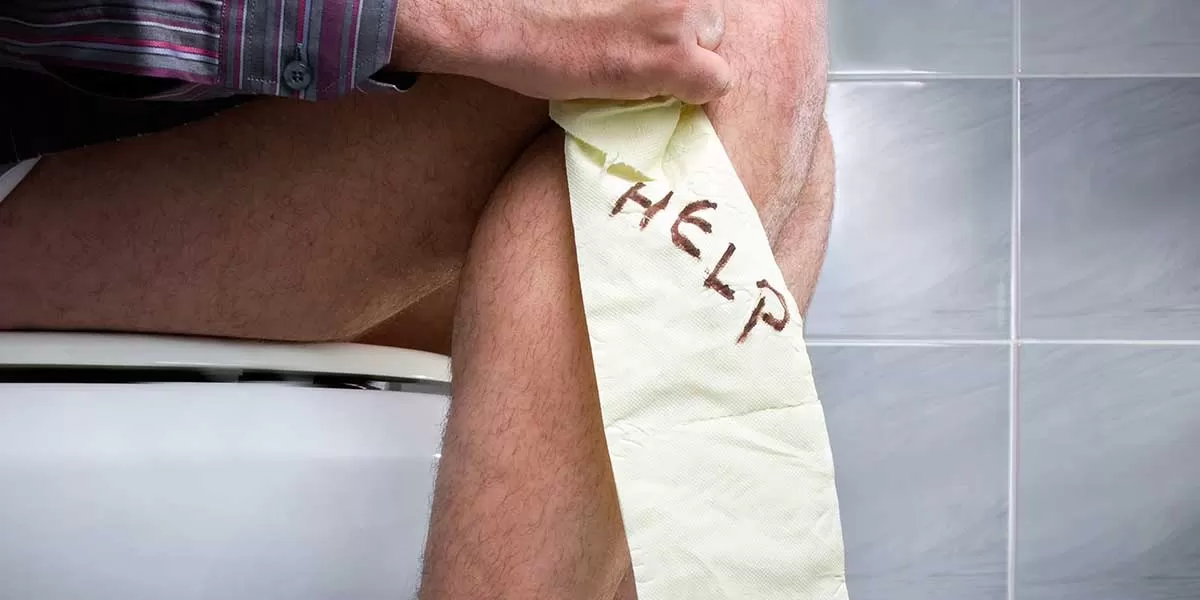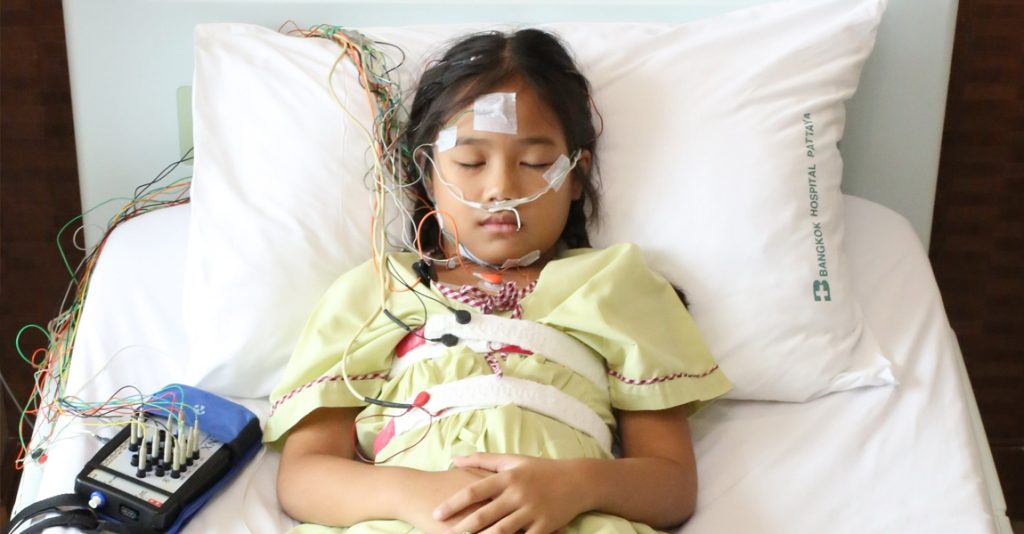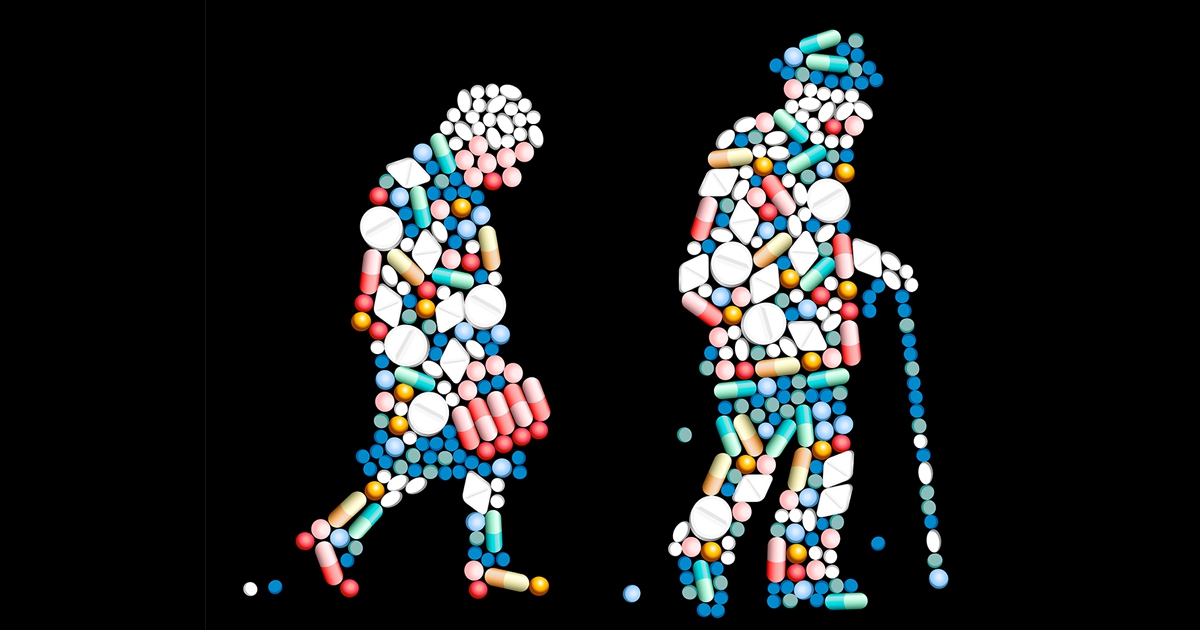
POLYSOMNOGRAPHY
Home > Health Info > Health Articles

What is Obstructive Sleep Apnea?
What is obstructive sleep apnea?Obstructive Sleep Apnea (OSA) occurs when a child stops breathing during sleep. The cessation of breathing usually occurs because there is a blockage (obstruction) in the airway. Obstructive sleep apnea affects many children, and is most commonly found in children between 2 and 6 years of age, but can occur at any age.
Causes in
children, the most common cause of obstructive sleep apnea is enlarged tonsils and adenoids. During sleep there is a considerable decrease in muscle tone, which affects the airway and breathing. However, with decreased muscle tone during sleep, the airway becomes smaller, and the tonsils and adenoids block the airway, making the flow of air more difficult and the work of breathing harder. Many of the short pauses (lasting only a few seconds) cause a brief arousal that increases muscle tone, opens the airway, and allows the child to resume breathing.
Risk factors
Sleep apnea is more common in children who are overweight; however, some children with enlarged tonsils and/or adenoids may even be underweight. Other children who are at high risk for sleep apnea include those with a small jaw, craniofacial syndromes, muscle weakness or Down syndrome.
Signs and symptoms
The following are the most common symptoms of obstructive sleep apnea. However, every child is different and symptoms may vary. Symptoms may include:
• Snoring
• Periods of not breathing.
• Mouth breathing Restlessness during sleep
• Sleeping in odd positions • Behavior problems or sleepiness
• School problems
• Bed wetting
• Frequent infections
Testing and diagnosis
Complete medical history and physical examination, diagnostic procedures for obstructive sleep apnea may include an overnight sleep study (also called polysomnography) and an evaluation of the upper airway by visualization and/or X-rays.
Treatment
The treatment for obstructive sleep apnea is based on its cause. Since enlarged tonsils and adenoids are the most common cause of obstructive sleep apnea in children, surgical removal of the tonsils (tonsillectomy) and adenoids (adenoidectomy) is usually the recommended treatment (see tonsils and adenoids). Weight loss and medical treatment (such as intranasal steroid) may also be helpful in the management of obstructive sleep apnea.
In cases where surgery is not helpful, another effective treatment is continuous positive airway pressure (CPAP). CPAP involves wearing a mask over the nose during sleep attached to a machine that blows air through the nasal passages and into the airway. This air pressure keeps the airway open and allows the child to breathe normally during sleep.
If left untreated, obstructive sleep apnea can cause poor growth (“failure to thrive”), high blood pressure, and heart problems. Obstructive sleep apnea can also affect behavior and cognition. Therefore, it is important to get it evaluated early.
What is a sleep study?
During a sleep study, a sleep technologist monitors your child throughout the night for the quality and quantity of their sleep.
A sleep technologist will place sensors on your child’s skin to monitor your child’s breathing and body movements during sleep. These sensors will be placed on your child’s head to measure and record the electrical activity of your child’s brain during sleep to assess stages of sleep. In addition, we place special sensors near your child’s nose, chest and abdomen to measure her breathing. We also place sensors on your child’s legs to measure movement during sleep. (See figure A)
Figure A. shows the standard setup for a polysomnogram figure
This detailed monitoring helps us diagnose and treat disorders of breathing during sleep as well as movement disorders and other problems.
Prepare for Your Child’s Sleep Study
Before the study
How to prepare your child’s sleep study
– Avoid napping the day of the study.
– Avoid alcohol, caffeine (coffee, tea and cola), sedatives, and stimulants for 24 hours, unless otherwise directed by your child’s physician.
– Eat regular evening meal before arrive at sleep lab.
– On the day of the study, make sure that your child’s hair is free of oil, hair spray, and other products.
– Bring your child’s regularly scheduled medications and plan to take them as normally would unless your child’s physician instructs otherwise.
– Bring your child’s sleep attire.
On the day of the study
You and your child should arrive by 6-7 p.m. and go to the Child Health Center, located on the 1st floor B building, Bangkok Hospital Pattaya. Then you and your child will go to sleep lab at 9th floor E building
The sleep technician will discuss your child’s bedtime routine with you to make sure your child goes to bed at the usual time. The technician will begin the set-up for your child’s sleep study about 30 to 60 minutes before bedtime. This set-up includes the following equipment:
• A bandage-like sensor that measures your child’s oxygen will be placed on the toe or finger
• Small plastic prongs at the nose will measure your child’s exhaled air
• Elastic or cloth belts will be placed on your child’s chest and stomach, usually over the pajamas
• Stick-on electrodes will be placed on your child’s face and chest to measure eye movements, heart rate and muscle tone during sleep. A few additional electrodes are applied with a washable paste on your child’s scalp to measure stages of sleep
The set-up process is painless but does involve about an hour of cooperation on the part of your child. To best prepare your child, keep napping to a minimum on the day of the study.
What should you bring on the day of the study?
• Your child needs to wear or bring comfortable loose-fitting clothing. A button-down shirt or loose-fitting nightshirt is fine.
• Snacks and special treats can help your child through the equipment set-up and make the overnight stay seem more like a special occasion.
• Bring a favorite stuffed animal, blanket, pillow or anything that may alleviate any fears.
• Upon your arrival, we allow for ample time to have dinner before beginning the equipment set-up on your child.
• You must bring all of your child’s medications, formula, special foods and medical equipment for the overnight sleep study.
What time will the study end?
Typically, the study ends by 7 a.m. There are occasions where it can end earlier or later, depending on how well your child slept through the night. Requests to end the study earlier because of work or school commitments can also be made.
Share :




